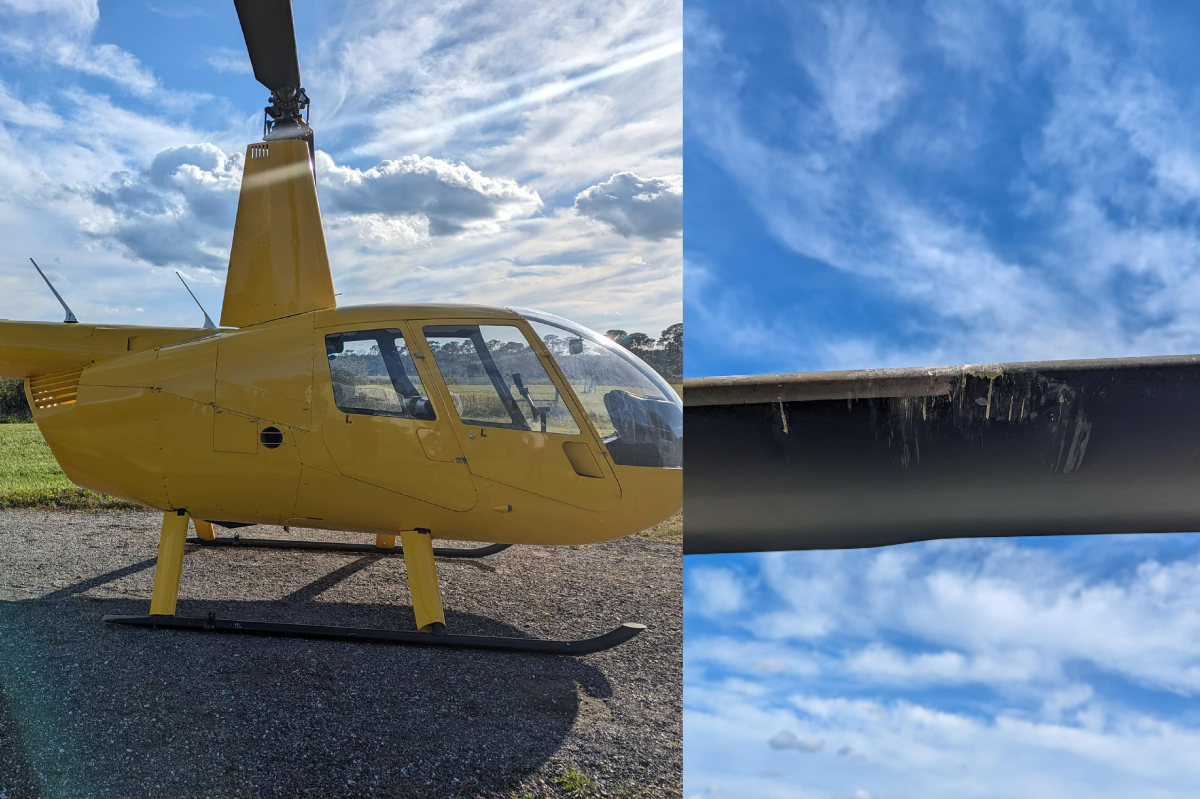Giving way, particularly in a scenario like this, doesn't seem as cut-and-dried to me, but I'm not a lawyer and we don't know all the facts. But to me, *failing* to give way involves having a certain amount of knowledge and then failing to act. But I can see a situation where a UAS operator is fully in compliance with the rules but is in a position where they may not perceive the manned aircraft to which they are required to give way.
Not the best analogy, but if you are driving and a child darts into the street in a crosswalk from behind some parked cars and you hit them, are you at fault? You are required to yield to pedestrians in the crosswalk, after all. But certainly some circumstantial mitigating factors are at play?
Again, it could turn out that the drone pilot is completely at fault and this could've easily been avoided. But based on the information I've seen I think it's possible this incident occurred in that liminal space where the rules don't cover every potential scenario, and I can imagine the FAA saying "no one is technically at fault, but now we need new rules to address this gap."
As to what the helicopter pilot might've been doing wrong...I don't know. Maybe nothing, maybe a lot of things!

 www.yahoo.com
www.yahoo.com












